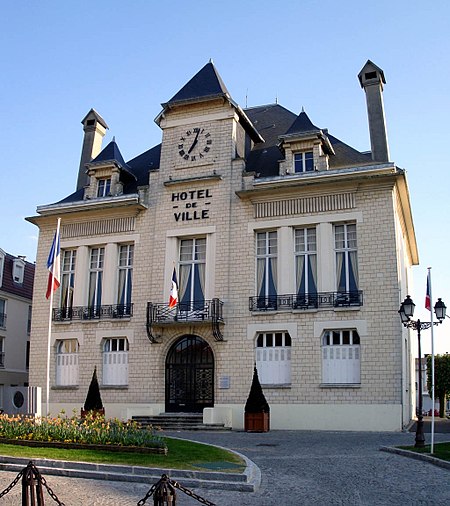Deuil-la-Barre
Communes of Val-d'Oise

Deuil-la-Barre (French pronunciation: [dœj la baʁ] (listen)) is a commune in the northern suburbs of Paris, France. It is in the Department of Val-d'Oise and the arrondissement of Sarcelles. It is 13.7 km (8.5 mi) from the centre of Paris. Despite this proximity to the metropolis, Deuil has retained much of the charm of a country village, with orchards and wooded hillsides.
Excerpt from the Wikipedia article Deuil-la-Barre (License: CC BY-SA 3.0, Authors, Images).Deuil-la-Barre
Rue Bourgeois, Sarcelles
Geographical coordinates (GPS) Address Nearby Places Show on map
Geographical coordinates (GPS)
| Latitude | Longitude |
|---|---|
| N 48.976743 ° | E 2.327222 ° |
Address
Rue Bourgeois
Rue Bourgeois
95170 Sarcelles
Ile-de-France, France
Open on Google Maps








